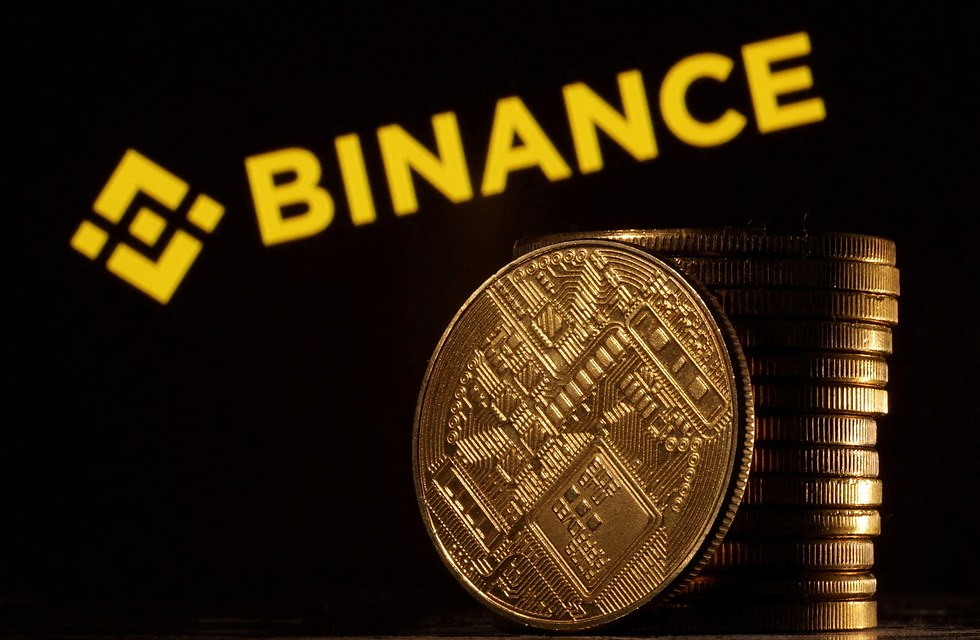Bitcoin passes the stress test for banks
- Flexi Group
- Mar 22, 2023
- 3 min read
Bitcoin is suddenly seeming like a safe haven as disaster looms over the conventional world of stocks and bonds.

Just when a banking crisis pushes markets into a recession, the notoriously volatile cryptocurrency appears positively robust and hearty.
Bitcoin has increased by 21% this month, while the erratic S&P 500 has lost 1.4% and gold has risen by 8%.
Stéphane Ouellette, CEO of digital asset investment platform FRNT Financial (FRNT.V), said: "If you were going to describe an environment where there were successive bank runs because central banks are trying to fight inflation with fast rate increases, that is pretty close to as spot-on a thesis for owning bitcoin as you’ve ever heard".
The promise of bitcoin's founder Satoshi Nakamoto, that bitcoin may provide a haven for troubled investors, has at least in part been realized as the cryptocurrency has, for the time being, cut its ties with stocks and bonds and joined a surge in gold.
Over the past week, Bitcoin's 30-day correlation with the S&P 500 (.SPX) has dropped to a negative 0.12, where a measure of 1 denotes that the two assets are moving simultaneously.
The market value of banks has been decimated by hundreds of billions of dollars, forcing US regulators to take quick action. Silicon Valley Bank and cryptocurrency lender Silvergate have failed in the past couple of weeks, while Credit Suisse has been on the verge of failure.
But this is bitcoin, let's not get carried away.
"The bearish argument would be that these dynamics are temporary, and ultimately this rally is not going to sustain," according to Ouellette.
As attention turns to the Federal Reserve's policy meeting this week, where the US central bank must tread carefully as it battles inflation and bank pressures, it is unclear whether bitcoin's bullishness will last.
Nevertheless, the appeal of cryptocurrencies has not solely been based on security.
Some short-sellers were obliged to reduce their bets and buy currency back because to the swift price increase. According to data from Coinglass, traders sold $300 million worth of cryptocurrency positions on Monday, with short positions accounting for the majority of that amount, or $178.5 million.
Yet, bitcoin is making a comeback.
According to data from CoinMarketCap, it currently controls close to 43% of the whole cryptocurrency market, which is its greatest proportion since last June. Since March 10, the market's total valuation has increased 23% to $1.1 billion.
Henry Elder, head of decentralized finance (DeFi) at digital asset investment management Wave Digital Assets, stated that "we’re seeing a return to bitcoin’s core ethos, that of a financial asset independent from the opacity and meddling of the centralized financial system"
DeFi has seen some demand increase as a result of the crisis affecting traditional banks; according to DappRadar, the total value of tokens connected to such platforms increased from $43 billion to $49 billion over the past week.
But, not every aspect of the digital world has escaped the effects of the banking crisis. Circle USD, the second-ranked stablecoin, lost its 1:1 peg to the dollar after admitting that its reserves were kept at the failed Silicon Valley Bank.
USDC's market valuation dropped to $36.8 billion last Friday from $43.8 billion the previous week as concerns about its capacity to maintain its peg grew, despite leading stablecoin Tether seeing gains of about $4 billion.
Market participants claimed that some withdrawals of USDC were probably also reinvested in bitcoin, which fueled the boom.
Ed Hindi, Chief Investment Officer at Tyr Capital in Geneva, urged caution, saying that it is still too early to declare that bitcoin has validated the idea that it may be a substitute in a banking crisis.
Yet, he continued, "The rally we are currently witnessing in bitcoin will be looked back at as the point in time where its main property as a decentralized non-sovereign asset was stress tested."
By fLEXI tEAM
.png)
.png)







Comments